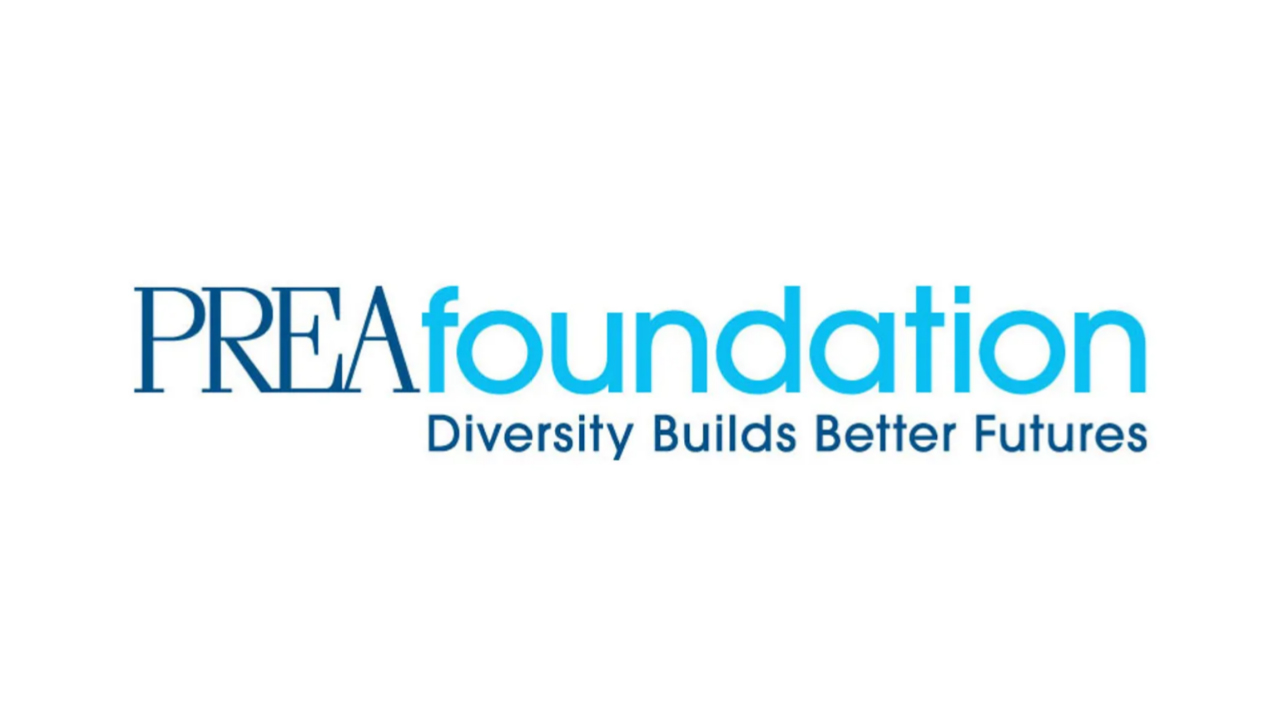Disparate Education Plans From Obama and Cuomo
by By Ginia Bellafante
Jan. 22, 2015

Since President Obama announced his proposal this month to make community college free for two years for qualifying students, arguments for and against the plan have been abundant. Some have assailed the initiative as futile, maintaining that federal Pell grants already cover the cost of community college for most poor and working-class students, and that the real obstacle comes not in tuition but in living expenses and the high price of textbooks. In actuality, tuition covered by the new subsidy would free up Pell grants to help alleviate those burdens.
Another strain of criticism revolves around the idea that notoriously low completion rates at community colleges, where nearly half of the nation’s undergraduates are enrolled, reflect the failures of our primary and secondary education system, making obvious the need for more useful public spending elsewhere. While there is no question that students need to arrive at college better prepared, there are currently more than 40 million Americans between the ages of 15 and 24, many of whom have been inadequately educated and cannot time-travel back to a better, revamped fifth grade where dazzling teachers offer engagingly contrarian interpretations of the Mesopotamian wars.
“Even if you totally fixed K-to-12 right this minute and not one more student graduated from high school who wasn’t college-ready, there are still millions of people who need an education,” said Gail Mellow, the president of LaGuardia Community College in Queens and a national authority on community college issues. “There are the people who have dropped out of college; there are the immigrants who have gotten a high school diploma internationally who aren’t prepared for our system here.”
A study from Georgetown University’s Center on Education and the Workforce released in September 2013 showed that labor participation rates among young adults had fallen to levels not seen since the early 1970s. Over the past three decades, the age at which young adults typically reached financial independence had increased to 30 from 26; for African-Americans it had increased to 33. From 2000 to 2012, the employment rate for young adults declined to 72 percent from 84 percent. In the New York metropolitan area, the study found, the employment rate for the young was 67 percent, 11 percentage points behind that of Columbus, Ohio, and roughly on par with Detroit’s. What has stalled careers is the need for postsecondary learning.
If nothing else, the president’s proposal has introduced a discussion about community colleges, institutions whose success is vital to reigniting economic mobility in circles where the subject has been largely dismissed or ignored. Talking about them in the bien-pensant world of affluent New York liberals, which I did a lot last year in reporting a series about the challenges faced by LaGuardia and community colleges generally, has the effect of telling people how much you like Hamburger Helper at Per Se. Instead, it is the near-mythic homeless-to-Harvard narrative that excites the upper classes, inspires so much educational philanthropy and seems to be gaining a foothold in public policy. The package of education ideas that Gov. Andrew M. Cuomo endorsed this week — among them an allowance for more charter schools — includes a tax credit for charitable contributions to public, charter and parochial schools as well as for scholarship organizations that help poor and middle-class children attend private schools.
The proposal, which James Parrott, chief economist at the Fiscal Policy Institute, has called “insidious,” would permit a donor to reduce his state tax liability by 75 percent of the contribution to a school scholarship fund or to an organization like Prep for Prep, which sends poor children in New York City to schools like Dalton and Trinity. The proposal, supported by religious leaders, would not only divert public funds to support private education, it would do so unnecessarily, given how much wealthy donors already contribute to the cause of pushing bright, underprivileged children toward the world of elite colleges and universities.
You have 4 free articles remaining.
This exercise in largess is longstanding in Manhattan, where in 1963, an investment banker named Michael Osheowitz founded an organization called Sponsors for Educational Opportunity to mentor poor minority students and gain them entry to Dartmouth, Smith, Williams and so on. It remains robust today.
Programs similar to the governor’s proposed tax credit, born during a time of spending cuts to public schools, are already in operation in several states. In the 2011-12 school year, according to the organization Alliance for School Choice, the credits produced $350 million for private school scholarships for close to 130,000 children. President Obama’s community college proposal, whatever its kinks, is an avowal of public education at a moment when too many in political life seem to believe the solutions lie everywhere else.
Recent News
















